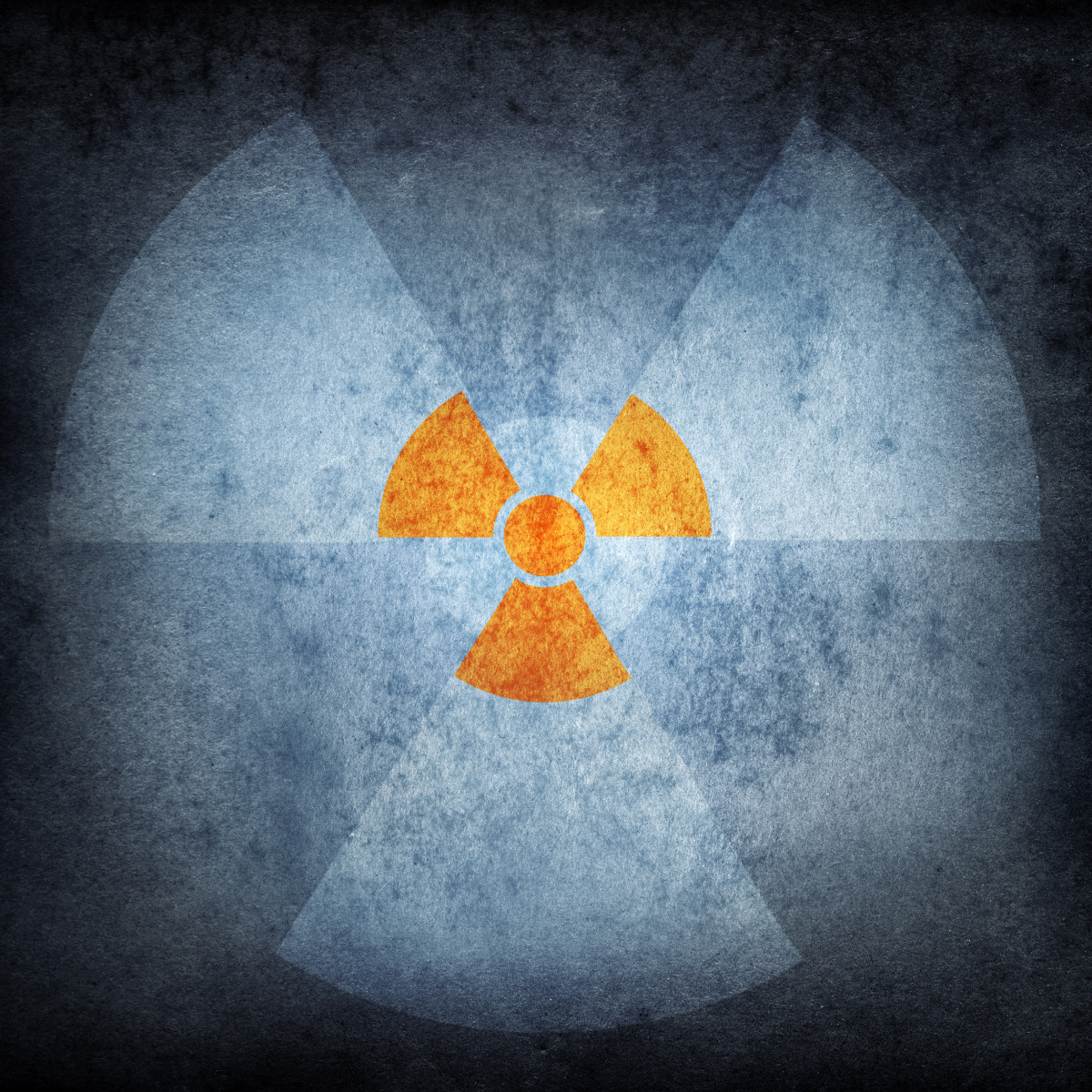Low-dose Whole Body Irradiation May Reverse the Development of PH, Mouse Study Suggests

Low-dose radiation given to two mouse models of pulmonary hypertension depleted disease-causing cells, preventing and reversing the development of the condition, researchers report.
Their study, “Low dose 100 cGy irradiation as a potential therapy for pulmonary hypertension,” was published in the Journal of Cellular Physiology.
Pulmonary hypertension (PH) develops due to increased blood pressure within the arteries (blood vessels) of the lungs. Current treatments lack long-term efficacy, but radiation has been reported to be of benefit. In particular, the use of low-dose — 100 centigray (cGy) — radiation was seen to safely help control PH.
Studies in the two existing rodent models of PH found that damaged lung cells promote the formation of extracellular vesicles, which induce the production of bone marrow-derived progenitor cells, or stem cells, that travel back to the lung and promote PH.
Targeting these stem cells could be an effective way of treating PH, the research team suggested. “We rationalized that if marrow‐derived endothelial progenitors were responsible for the development of PH” then whole body irradiation (WBI) “was more likely to prevent continued seeding of toxic marrow cells to the lung,” they said.
Join the PH forums: an online community especially for patients with pulmonary hypertension.
Previous work by researchers at the Warren Albert Medical School of Brown University examined the sensitivity of progenitor/stem cells from mice that were subjected to low-dose gamma irradiation, and found that 100 cGy WBI was profoundly toxic to these cells, and killed them. (WBI at that level is considered to be minimally myelotoxic, or damaging to bone marrow cells.)
Other data also indicated that 100 cGy WBI is well-tolerated by the animals, without evidence of long‐term toxicity.
In the current study, researchers tested whether low-dose WBI would selectively eliminate the number of PH-inducing progenitor/stem cells in mouse disease models, without inducing significant toxicity.
Results showed that low-dose 100 cGy WBI prevented PH development, and reversed the disease in a model known as Su/Hx‐induced PH mice. The team then repeated this test in a second model, called monocrotaline-induced PH mice, and had similar results.
“Overall it would appear that low dose irradiation depletes the PH inducing marrow‐derived progenitors thus both preventing and reversing the induced PH,” the study concluded. “This raises the possibility of using low-dose irradiation in situations, such as sickle cell anemia, where the development of PH is a major risk factor.”
The researchers added, “these data further suggest that PH, at least in some instances, may be a marrow myeloid progenitor disorder.”







